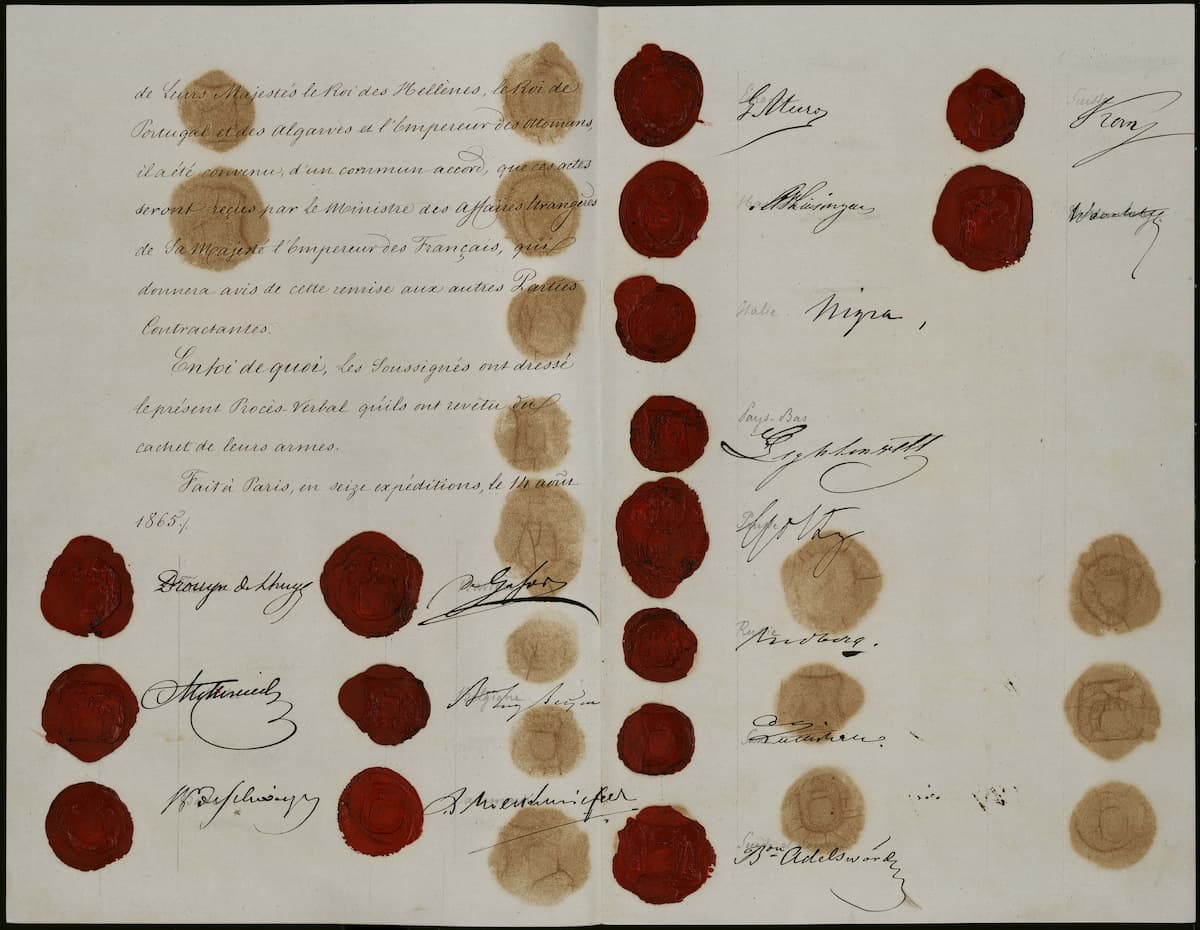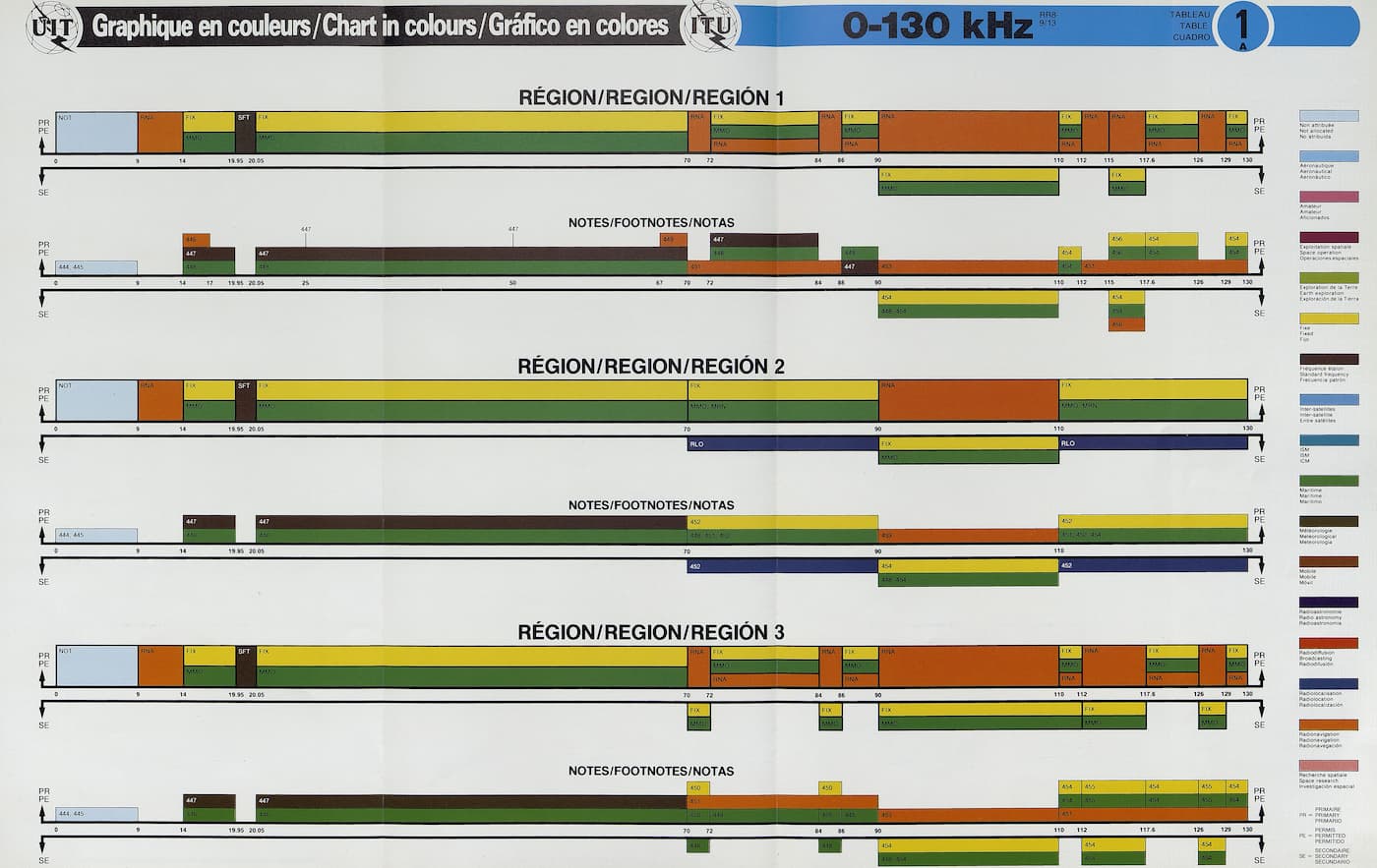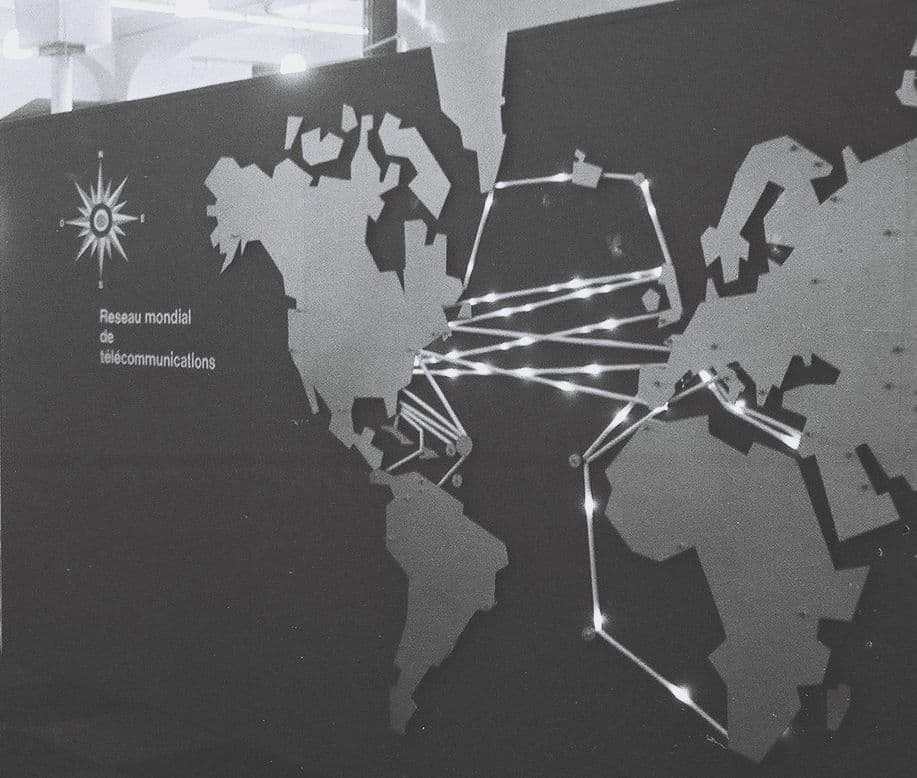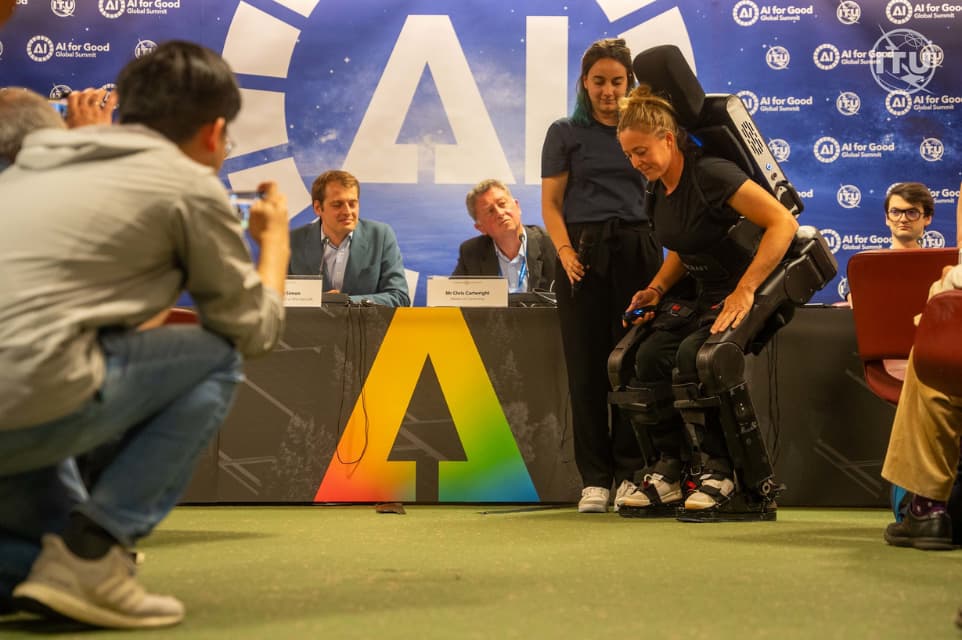- HomeOur storyOur visionHighlights
Milestones in global connectivity

1865 – 1890s: Foundations for international cooperation and communications

1900s – 1930s: Advancing innovation and technical standards

1940s – 1960s: Connecting the world and reaching into space

1970s – 1980s: Fostering new global networks

1990s – 2020s: Advancing universal connectivity

Our vision for the digital future